NEWS
21 Electric Vehicle Problems Owners Discover Months After Buying
Published
9 months agoon

Shutterstock
Shifting towards electric vehicles (EVs) is crucial for reducing dependence on fossil fuels and addressing climate change. However, this transition exposes significant issues concerning the sustainability of the EV battery supply chain. The extraction of key battery components like lithium, cobalt, and nickel often results in environmental damage and human rights abuses, including child labor and dangerous working conditions. In response, the United States has enacted measures such as the Infrastructure Investment and Jobs Act and the Inflation Reduction Act. These laws aim to strengthen the EV battery supply chain by supporting clean energy production, recycling initiatives, and the processing of critical materials. Simultaneously, research is ongoing to identify sustainable alternatives to harmful materials like cobalt in battery manufacturing. Despite these initiatives, battery recycling and ethical sourcing of materials remain significant challenges. This situation underscores the need for a comprehensive approach to improve the sustainability and ethical production of EV batteries.
Limited Model Variety
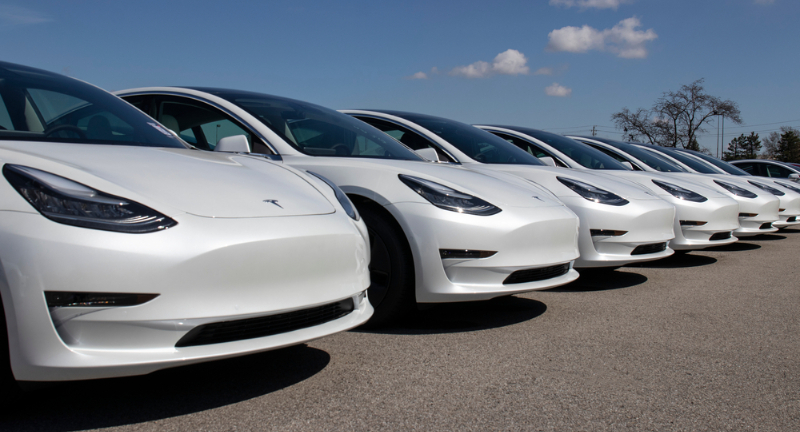
Shutterstock
The range of electric vehicle (EV) models on the market is somewhat narrow, particularly when juxtaposed with the extensive selection of gasoline vehicles. This constrained choice might deter consumers who are looking for specific characteristics or features in a vehicle, such as dimensions, design, or utility, thereby impeding broader adoption.
Electric Vehicle Range Limitations
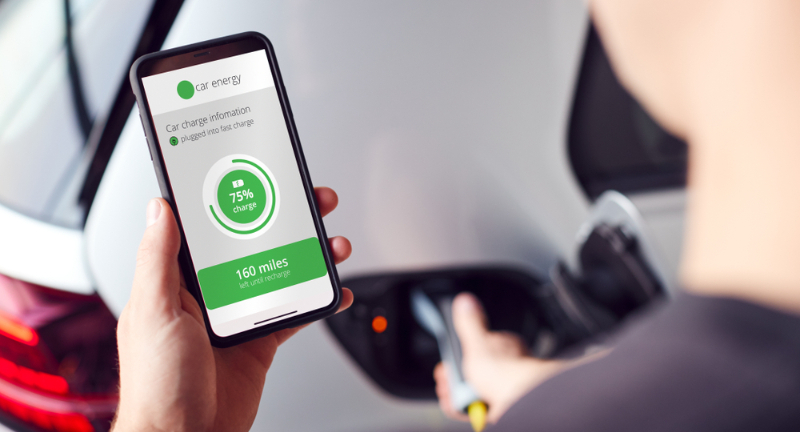
Shutterstock
Electric vehicles often face skepticism because of their shorter driving range compared to gasoline-powered cars. This limitation significantly affects potential buyers, especially in areas with scarce charging stations. Although technology has advanced, most electric cars still fail to match the range capabilities of gasoline vehicles, and their efficiency can decrease in extreme weather conditions.
Reliability and Security in Electric Vehicle Software

Shutterstock
Modern electric vehicles rely extensively on software for their operation, raising questions about their reliability and susceptibility to cyberattacks. Maintaining the security and integrity of these software systems is an ongoing challenge for the electric vehicle sector. This underscores the necessity for strong cybersecurity protocols to safeguard against unauthorized access and mitigate potential safety hazards.
Battery Production Faces Material Shortages

Shutterstock
Electric vehicle batteries rely heavily on finite resources such as lithium and cobalt. As demand for these materials continues to rise, potential shortages and higher costs may emerge, threatening the sustainability and affordability of producing EV batteries.
Reliance on the Electricity Grid

Shutterstock
Electric vehicles (EVs) are entirely dependent on the electricity grid for their power needs. In many areas, this grid still heavily relies on fossil fuels. This reliance can diminish the environmental benefits of EVs, as their use may indirectly result in greenhouse gas emissions, thereby challenging the objective of lowering carbon footprints through the adoption of electric transport.
Extended Repair Times for Electric Vehicles
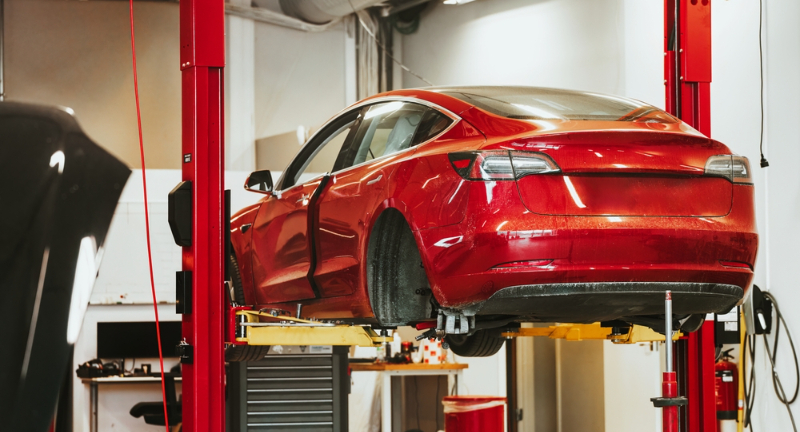
Shutterstock
Electric vehicle (EV) servicing frequently requires specialized knowledge and parts, leading to potentially longer wait times compared to traditional gasoline-powered cars. This can be a significant inconvenience for EV owners who require timely maintenance or repair services.
Limited Availability of Charging Stations
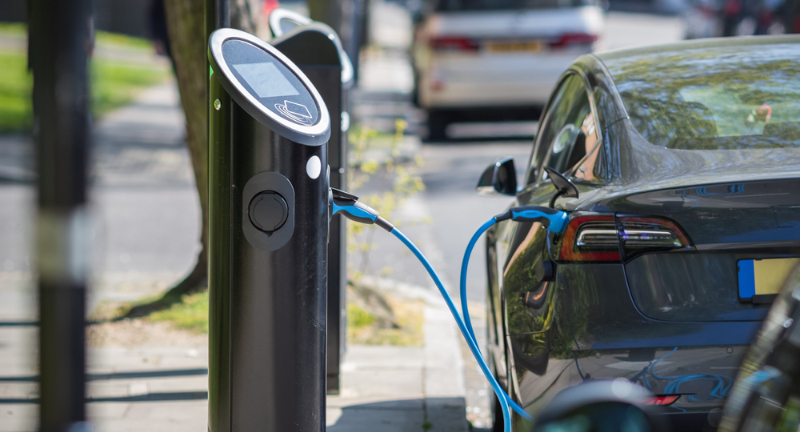
Shutterstock
The scarcity of public charging stations, particularly in rural or underdeveloped regions, poses a significant challenge. This shortage makes long-distance travel difficult for electric vehicle (EV) owners who do not have access to home charging options, thereby discouraging potential buyers.
The Complexities of Recycling Electric Car Batteries

Shutterstock
The process of recycling electric car batteries is intricate and costly. With currently low recycling rates for lithium-ion batteries, this scenario presents environmental risks and results in resource wastage. It highlights the critical need for progress in recycling technologies to address these problems efficiently.
Safety Concerns Due to Quiet Electric Vehicles

Shutterstock
The quiet operation of electric vehicles poses a safety risk for pedestrians, cyclists, and visually impaired individuals who may not hear an approaching vehicle because it lacks engine noise. To mitigate this hazard, new regulations require electric vehicles to generate artificial sounds at low speeds. This measure is intended to make EVs more noticeable to others on the road, thereby reducing the likelihood of accidents.
Limitations in Towing Capacity of Electric Vehicles
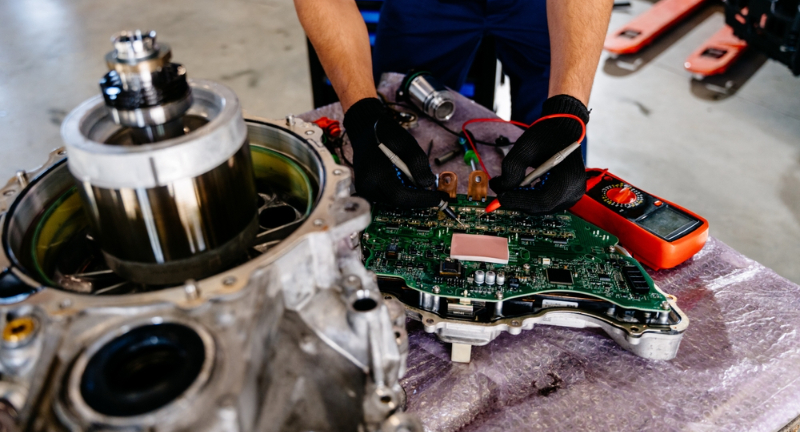
Shutterstock
Electric vehicles generally exhibit lower towing capacities when compared to their gasoline or diesel counterparts. This represents a significant disadvantage for users needing to tow items such as trailers, boats, or caravans. Consequently, this constraint may impact the usability of electric vehicles for individuals with particular towing requirements.
Environmental Impact of Battery Production
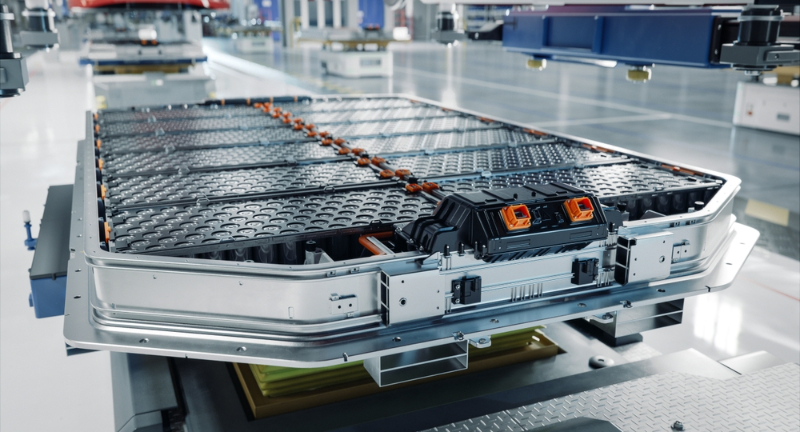
Shutterstock
The creation of lithium-ion batteries, which are essential for electric vehicles, has a considerable environmental footprint. Extracting crucial minerals like lithium and cobalt through mining operations leads to significant ecological issues, including habitat destruction and water pollution. Furthermore, the battery manufacturing process itself generates a large amount of carbon emissions, exacerbating the environmental problems linked to their production.
Higher Upfront Costs
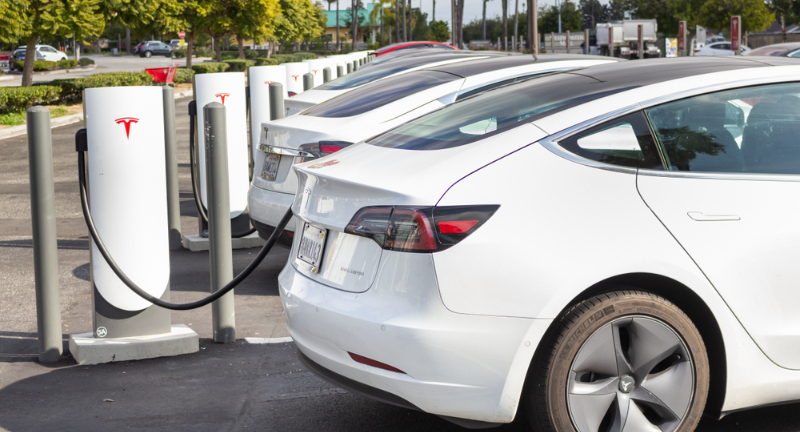
Shutterstock
Electric vehicles often require a larger initial investment compared to gasoline-powered cars. Despite the potential for long-term savings on fuel and maintenance, this higher upfront expense can discourage many prospective buyers. Although government incentives can reduce some of the financial pressure, the significant cost disparity remains a critical factor in consumers’ purchasing decisions.
Electric Vehicle Performance in Extreme Weather
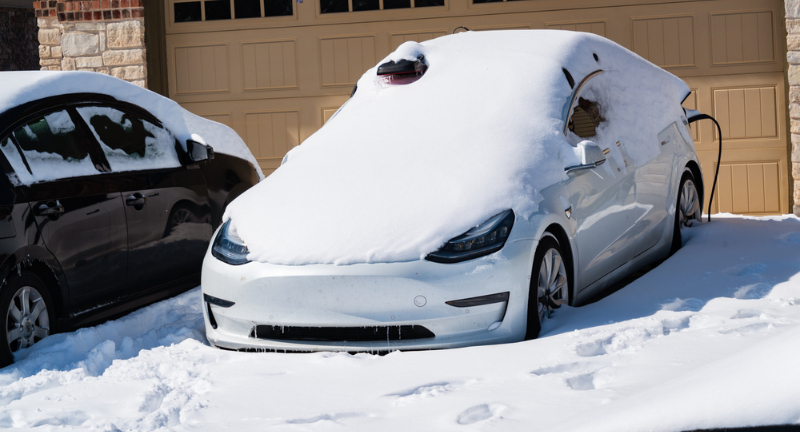
Shutterstock
Electric vehicles can experience reduced performance in extreme weather conditions. During cold weather, battery efficiency drops, resulting in a shorter driving range. High temperatures, on the other hand, can strain the battery’s cooling system. Additionally, using heating and air conditioning in such conditions demands significant power, further decreasing the vehicle’s range.
Battery Degradation in Electric Vehicles
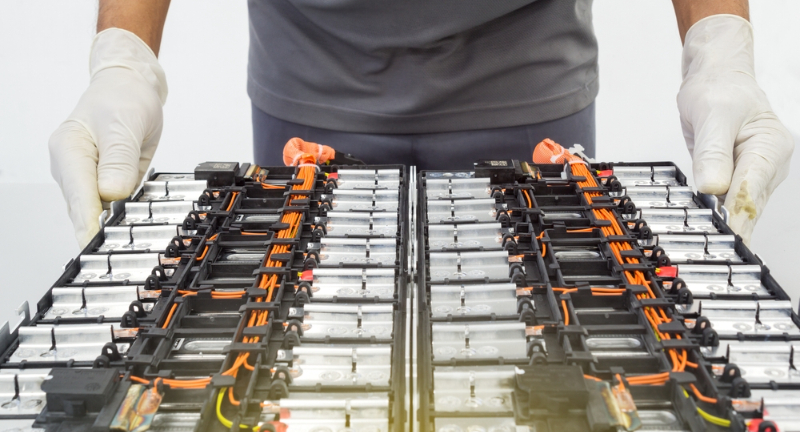
Shutterstock
Electric vehicle batteries gradually lose their capacity to hold a charge over time, resulting in a reduced driving range. This ongoing degradation prompts concerns about the long-term reliability of these vehicles and can lower their resale value. Additionally, the high cost of battery replacement adds to the overall expenses throughout the vehicle’s lifespan.
Challenges of Eco-Friendly Transportation

Shutterstock
Achieving eco-friendly transportation through electric vehicles (EVs) presents significant challenges, particularly in terms of the socio-environmental impacts of mining. The extraction processes for essential battery components such as lithium, cobalt, and nickel result in various negative effects.
Extended Charging Durations
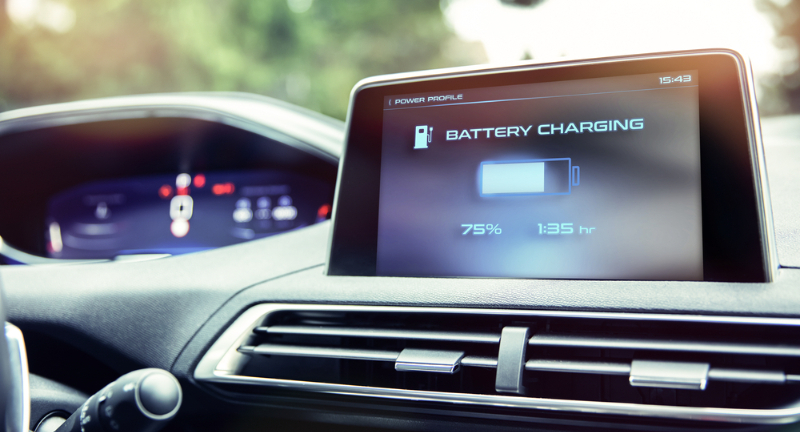
Shutterstock
Charging an electric vehicle (EV) often takes considerably longer than refueling a gasoline vehicle. While some fast-charging stations can recharge certain EVs to 80% in about 30 minutes, most home charging systems require several hours for a full charge. This prolonged charging period can be inconvenient for drivers who require a quick recharge.
Impact on Used Car Market

Shutterstock
Rapid advancements in electric vehicle (EV) technology, along with concerns about battery longevity, can impact the resale value of electric cars. This, in turn, affects the second-hand car market, making purchasing a used electric vehicle potentially more uncertain than buying a used gasoline car.
Impact of Battery Weight on Electric Vehicles

Shutterstock
Electric vehicles (EVs) tend to be heavier than their gasoline-powered counterparts due to the substantial weight of their batteries. This added weight can affect the vehicle’s handling and braking performance. Additionally, the increased weight contributes to faster wear and tear on various components such as tires and brakes, which may result in higher maintenance requirements over the vehicle’s lifespan.
Insurance Costs for Electric Vehicles

Shutterstock
Electric vehicle insurance premiums tend to be higher than those for gasoline vehicles. This is largely because of the increased repair costs and the substantial expense of battery replacements associated with EVs. These elements result in a higher total cost of ownership for electric vehicles throughout their lifespan, potentially making them more costly to maintain and insure.
Impact of Rapid Technological Advancements on Electric Vehicles

Shutterstock
The rapid technological advancements in the electric vehicle (EV) sector may cause existing models to become outdated more quickly than traditional gasoline cars. This fast-paced innovation can negatively affect the resale value and lifespan of an electric vehicle, as newer models with improved features and capabilities continually emerge in the market, making older models less appealing.
Conclusion
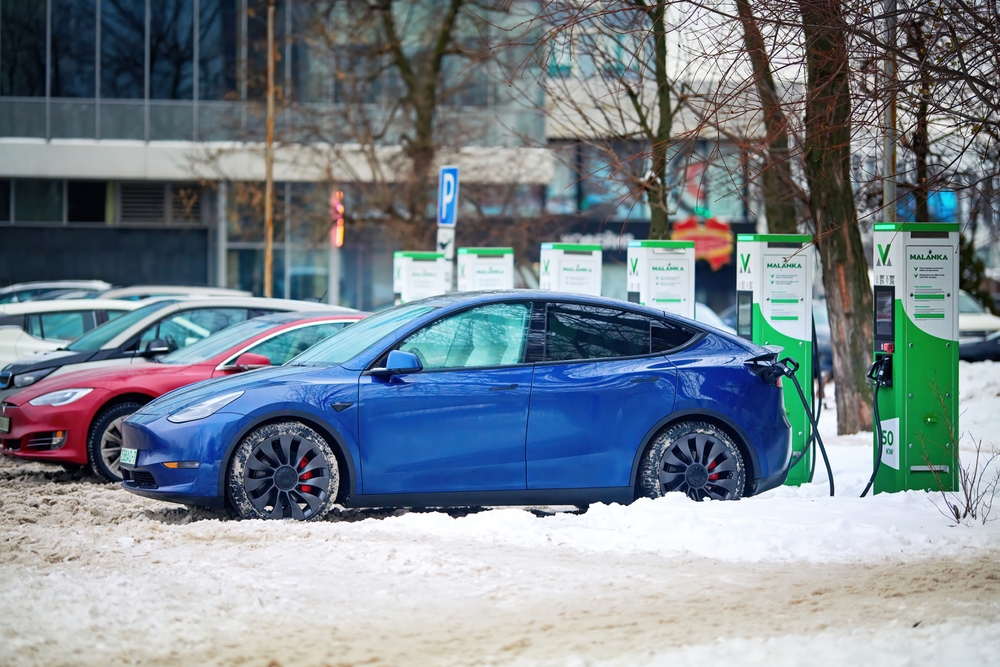
Shutterstock
The path toward embracing electric vehicles (EVs) as a greener alternative to vehicles powered by fossil fuels is laden with intricate obstacles, especially with regard to the environmental and ethical concerns surrounding battery production. Despite progress being made through legislative efforts and research endeavors to tackle these challenges, there remains an urgent need for continued dedication and innovation to ensure that the shift towards EVs does not impinge upon human rights or the health of our planet. The success of sustainable transportation hinges not just on technological breakthroughs but also on the adoption of responsible and sustainable practices across the entire EV battery supply chain. It’s crucial for stakeholders from various sectors to work together and commit to strategies that emphasize ethical sourcing, enhance recycling techniques, and promote transparency throughout the supply chain. Adopting a comprehensive strategy is essential for leveraging the full benefits of electric vehicles in leading us towards a more sustainable and environmentally friendly future.
More Money + Investing
-


21 Brands That Have Stirred Up The ‘Woke’ Debate
-


Rue21 Bows Out: Another Retailer Closes All Doors
-


4 Harmful Penny Pinching Habits That Are Sabotaging Retired Boomers
-


17 Unmistakable Clues That Someone Is Gaslighting You
-


25 Epic Car Flops That Made History
-


25 Scams Aimed Squarely at Seniors
-


20 Surprising Effects Being “Woke” Has On Your Mental Health
-


20 WWII Military Marvels That Redefined Warfare
-


25 Genius Staging Tips to Speed Up Your Home Sale
-


20 Sneaky Habits That Could Sabotage Your Retirement
-


21 Phrases Assertive People Use to Exude Confidence
-


Mortgage Demand Continues to Fall Despite Drop In Interest Rates
